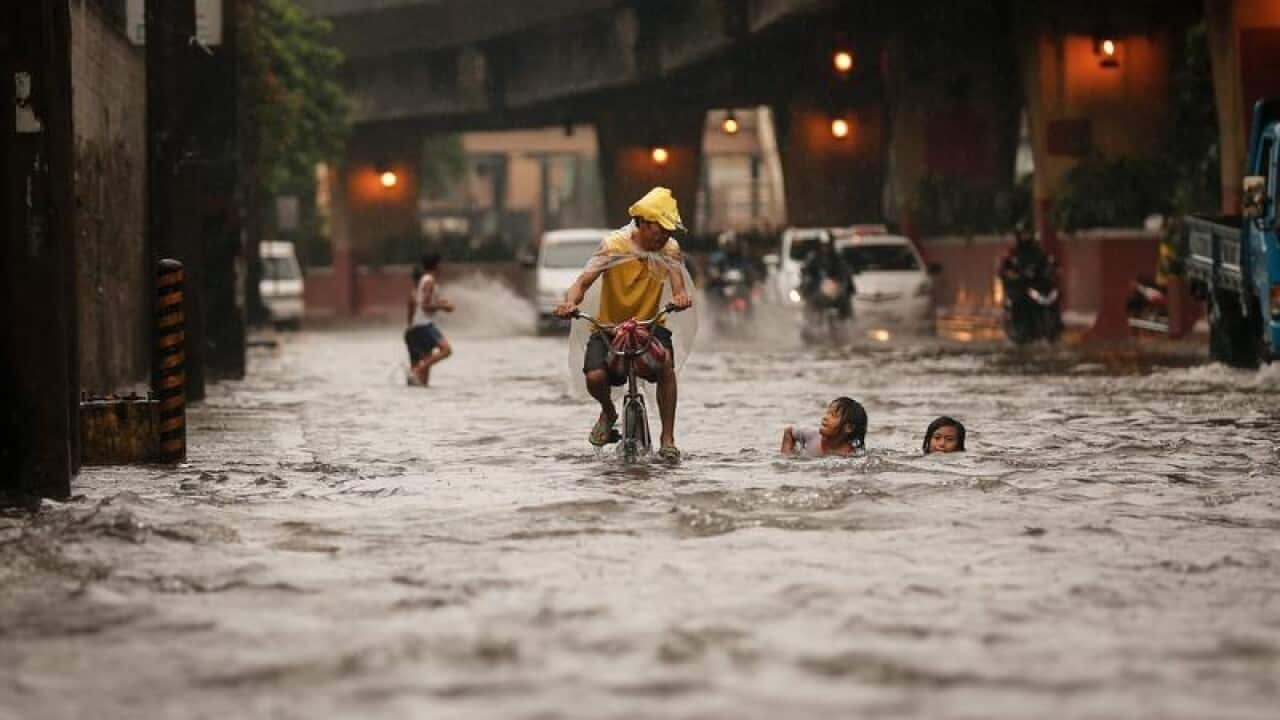Scientists are warning that the slightest rise in global temperatures could prove dangerous to Australia.
New research by the CSIRO reveals extreme El Nino weather patterns associated with droughts, floods and cyclones, will become more regular in the coming decades.
Limiting global warming to one-and-a-half degrees - the target of the Paris climate agreement - has widely been seen as an ambitious goal.
But new CSIRO research, led by Dr Guojian Wang, reveals even if that goal is reached, a minor rise in temperature could have a large impact.
"The frequency of extreme El Nino events actually is going to increase linearly with the global temperature rises,” Dr Wang said.
When El Nino occurs, there is a change in the conditions of the Pacific Ocean.
Normally, trade winds blow from the eastern Pacific toward the west, pulling the warmer ocean-surface temperatures with them.
El Nino reverses those conditions, meaning cool water in the west and warm water in the east.
As the warm water moves east, so do the conditions that produce rainfall, meaning a dry period for Australia.
Dr Wang says in extreme El Nino conditions those conditions intensify.
"During an extreme El Nino event we will have a higher possibility of a more severe drought, more heatwaves and even a higher risk of bushfires,” Dr Wang said.
Currently, about five extreme El Nino events happen each century.
But that would double by 2050, based on CSIRO modelling that presumes warming peaks at one-and-a-half degrees.
And the risk increases, reaching 14 events per century, by 2150.
The deputy commissioner of New South Wales' Rural Fire Service, Rob Rodgers, says he is already noticing an increase in severe conditions.
He says the Fire Service's resources have expanded in recent years but a rise in the frequency of extreme El Ninos could mean they need to be expanded further.
"If that means fires behave even worse than they have before, then, of course, we'd have to consider that,” he said.
“I guess we always plan for the worst, as far as fire seasons are concerned. We always have to be ready."
Australia isn’t the only country affected. Dr Wang says low-lying island nations in the Pacific could be at the greatest risk.
"This will cause floods in some countries and, also, drought in some other countries,” Dr Wang said.
“And, also, it will bring the rainfall extremes, tropical cyclones, to those South Pacific countries."





